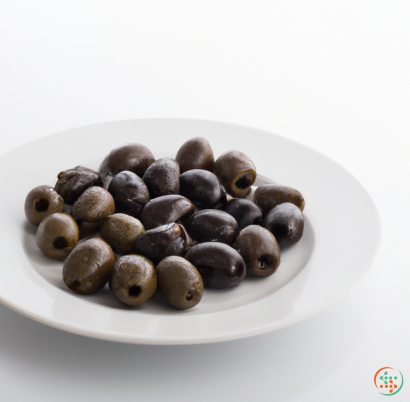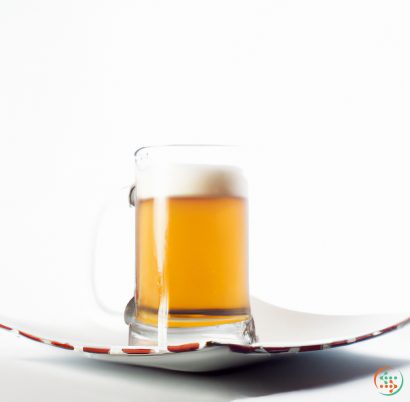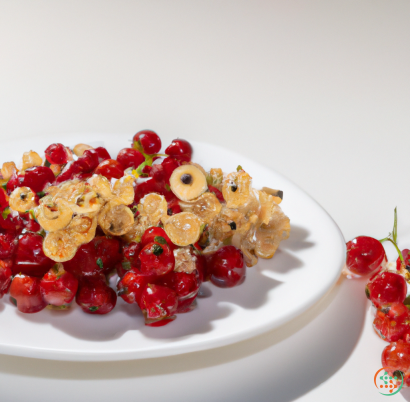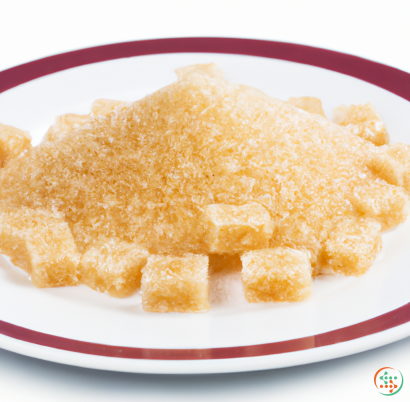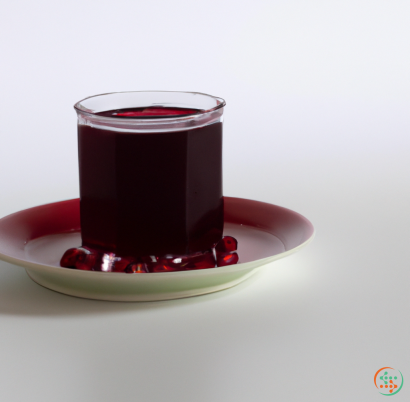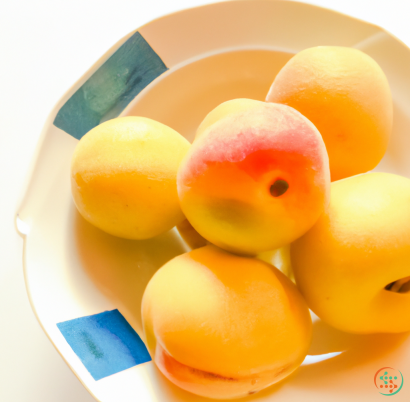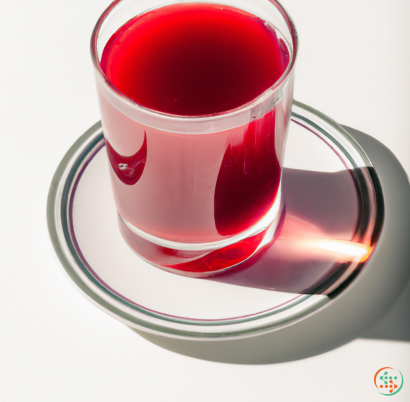Pumpkin
Pumpkins are a winter squash, belonging to the Cucurbitaceae family alongside cucumbers, zucchini, and other squashes. Originating in Central America, this fascinating fruit has become a global staple and can now be found in supermarkets and gardens year-round. The bright orange gourd has been embraced by commuities world wide for its versatile culinary uses, for its aesthetic beauty, and for its symbolism of the autumn season.
Each pumpkin begins life as a tiny seed, which can be planted either directly into the ground or in a pot. It is a surprisingly hearty plant which will germinate quickly and can thrive in most climate and soil types. As soon as the seeds sprout, the main stem or vine will begin to rapidly grow and flowers will appear soon after. These will eventually transform into the pumpkin itself, which can take between 50-110 days to fully mature. It is a popular garden crop and a favourite of children and adults alike, who love to track its growth and size each day.
In terms of its appearance, pumpkins vary in shape and size depending on the variety and their growing conditions. Most are round or oval, but some have ribbed or furrowed skins that give them a unique look. They range in colour from bright orange to yellow, white, red, and even black. The flesh inside is dense, juicy and quite sweet and it contains numerous minerals, vitamins, and antioxidants which make it a nutritious addition to meals.
Pumpkins are versatile and can be used to prepare an array of dishes from classic soups and pies to roasts and chocolate desserts. The easiest way to enjoy the bright orange fruit is by simply carving it into a jack-o’-lantern. This popular Halloween tradition is believed to have originated in Ireland, where people recognized the demon of death in the shape of a lantern which occurred when the candle was lit inside the pumpkin.
The seeds, which are packed with nutritious minerals and vitamins, are often extracted from the flesh and roasted for a healthy snack. Some cultures like India also use the oil from these seeds to fried dishes such as samosas.
Pumpkins have been popular in folklore, literature and art for centuries due to their unique shape and vibrant colour. In many art forms, pumpkins are depicted in festive decorations, welcome to autumn arrangements, pumpkin-headed folk heroes, and the head of a Jack-o-lantern.
The versatility of pumpkins has led them to be embraced by cultures all over the world. In the United States, for example, pumpkins are a key ingredient in Thanksgiving and Christmas celebrations, with the bright orange gourd often featured in decorations or even prepared in popular recipes. In some Asian countries, pumpkins are considered a symbol of longevity and health, while in Japan they are used in traditional healing practices.
In conclusion, pumpkins are more than just a festive fruit. They are a versatile and nutritious addition to numerous meals, as well as a pumpkin-shaped guest of honor at all forms of celebrations. With their unique shapes, bold colour, and vibrant personality, pumpkins have a unique place in human culture and can bring a whimiscal warmth to any gathering.
The Journey of a Pumpkin from Plant to Dinner Plate
Have you ever found yourself wondering how a pumpkin ends up on your dinner plate? You may not have given much thought to the origins of this pumpkin, but it actually has a long journey before landing on your plate. From the moment the pumpkin is planted in the ground by a farmer until it arrives at your plate, the pumpkin goes through several stages of growth, harvesting and handling.
In this blog post, we will explore how a pumpkin makes its journey from plant to dinner plate. We will explore the process of planting, growing and harvesting pumpkins, as well as the processing and packing of the pumpkin for retail sale and consumer consumption.
From Seed to Plant
Like any plant, the first stage in a pumpkin's journey is the planting of the seed. For the purpose of this blog, we will presume the seed was purchased from a local garden center. Pumpkin seeds should ideally be planted during the spring once the last frost has passed. To prepare the soil for planting, the soil should be made loose and clear of rocks, sticks, or other debris that could impede proper root formation. Once the soil is ready, the pumpkin seed can be planted. How deep each seed is planted depends on the variety of pumpkin grown. However, most pumpkin seeds should be planted at least an inch below the surface of the soil.
Once planted, the pumpkin seed germinates and a sprout emerges. Upon emergence, the pumpkin plant will require regular watering so the soil remains moist but not wet. As the days pass and the plant grows, the roots should spread outwards, forming a strong network that allows the plant to withstand harsher elements.
As the plant grows, a vigorous pumpkin vine will spread through the garden, anchoring itself to the ground with small structures called tendrils. The vine produces small tendrils, or roots, which help the vine to moor itself to the ground and climb over obstacles.
Once the pumpkin begins to slowly grow and the flowers begin to appear, the farmer should take several measures to ensure the crop yield is maximized. For starters, the flowers should be hand pollinated using a soft brush. By brushing lightly across a male flower, pollen is transferred to the female flower, resulting in fertilization. Alternatively, a bee population in the region can help achieve successful pollination.
Once fertilization has occurred, the process of growing pumpkins begins. As the flowering stage passes, small round pumpkins will form. These embryonic pumpkins will slowly swell in size, eventually taking on the recognizable shape as they reach maturity. Once mature, the pumpkins slowly ripen and attain their iconic orange color.
Harvesting Pumpkins
When mature, the farmer must decide when to harvest the pumpkins. Ideally, the pumpkins should be harvested when the skin is still glossy, elastic, and the color is at its strongest. Furthermore, a sign of maturity is the shedding off of the tendrils that attach the pumpkin to its vine. Once these tendrils have been completely shed, the pumpkin is ready to be picked.
To pick the pumpkin, the farmer must use both hands. One hand should be placed on top of the pumpkin and the other should be under its bottom. The fingers should be slightly spread around the pumpkin and the thumbs used to lift the sole of the pumpkin. With both hands firmly grasping the pumpkin, the farmer gently lifts it upwards, separating the stem from the vine. Hand-harvested pumpkins are more likely to survive the harvesting and storage processes.
When the farmer has completed the harvest, he will then dry the fields to ensure any remaining wet soil is removed from the harvested pumpkins. This helps reduce the risk of fungal diseases developing on the newly harvested pumpkins. Once dried, the pumpkins may be left to sit for a few days to ensure any residual dirt is removed.
Processing and Packing Pumpkins
Once the farmer has finished harvesting the pumpkins, the next step is to move them to the processing facility. In some cases, the pumpkins may be transported directly to the supermarket, while in others they will travel to a facility dedicated to the processing and packing of pumpkins.
When the pumpkins arrive at the facility, they are inspected to ensure they meet quality standards. Then, a cleaning process takes place to remove dirt or debris that may have been collected during the harvesting process. After being cleaned, the pumpkins are cut and peeled to prepare them for packing.
At this point, the pumpkins are mostly uniform in size and shape. It is also common for the flesh to be inspected to ensure it has attained its desired orange hue. If a pumpkin passes quality standards, it is set aside for packing.
Once inspected, the packers will weigh, label, and pack the pumpkins for retail sale. Depending on the location of the processing facility, the pumpkins may be loaded onto a truck for transport to supermarkets, grocery stores, or farmers’ markets.
The Final Leg of the Journey
Finally, the pumpkin will make its way to the consumer. When the consumer arrives at the store or market, they select the pumpkin they intend to purchase. It is important to inspect the pumpkins to ensure no visible bruising, cracks, or mold. If the consumer is satisfied with what is available, the pumpkin is purchased and taken home.
At this point, the consumer will decide how to prepare their pumpkin for dinner. Commonly, the pumpkin is cut and the flesh is as scooped out, either in chunks or as a puree. The preparation of pumpkin varies depending on the dish being prepared, but may include boiling, roasting, frying, microwaving, or baking. The flesh can then be used for a variety of diets for either sweet or savory dishes.
Once prepared, a consumer can enjoy the pumpkin in their favorite dish. Whether it is a pumpkin pie, roasted pumpkin seeds, or a savory stir-fry, the journey of the pumpkin has finally ended on the consumer's dinner plate.
Thus, the journey of a pumpkin from its seed in the ground until it appears on the consumer's dinner plate is a long one. It takes many people, lots of hard work, and careful handling to bring a pumpkin from its wild beginnings to the dinner plate. So next time you are enjoying a hearty meal with a pumpkin as the main ingredient, be sure to appreciate the journey it went through to get there.
| Vitamin A | 0.426 mg | |
| Beta-Carotene | 0.0031 grams | |
| Alpha-Carotene | 0.004016 grams | |
| Vitamin E | 0.00106 grams | |
| Vitamin K | 0.0011 mg | |
| Vitamin C | 0.009 grams | |
| Vitamin B1 | 0.05 mg | |
| Vitamin B2 | 0.11 mg | |
| Vitamin B3 | 0.6 mg | |
| Vitamin B4 | 0.0082 grams | |
| Vitamin B5 | 0.3 mg | |
| Vitamin B6 | 0.06 mg | |
| Vitamin B9 | 0.016 mg |
| Calcium | 0.021 grams |
Daily Value 1.3 g
|
| Iron | 0.8 mg |
Daily Value 0.018 g
|
| Magnesium | 0.012 grams |
Daily Value 0.4 g
|
| Phosphorus | 0.044 grams |
Daily Value 1.25 g
|
| Potassium | 0.34 grams |
Daily Value 4.7 g
|
| Sodium | 0.001 grams |
Daily Value 2.3 g
|
| Zinc | 0.32 mg |
Daily Value 0.011 g
|
| Copper | 0.13 mg |
Daily Value 0.9 mg
|
| Manganese | 0.13 mg |
Daily Value 0.0023 g
|
| Selenium | 0.3 ug |
Daily Value 0.055 mg
|
| Tryptophan | 0.012 grams | |
| Threonine | 0.029 grams | |
| Isoleucine | 0.031 grams | |
| Leucine | 0.046 grams | |
| Lysine | 0.054 grams | |
| Methionine | 0.011 grams | |
| Cystine | 0.003 grams | |
| Phenylalanine | 0.032 grams | |
| Tyrosine | 0.042 grams | |
| Valine | 0.035 grams | |
| Arginine | 0.054 grams | |
| Histidine | 0.016 grams | |
| Alanine | 0.028 grams | |
| Aspartic Acid | 0.102 grams | |
| Glutamic Acid | 0.184 grams | |
| Glycine | 0.027 grams | |
| Proline | 0.026 grams | |
| Serine | 0.044 grams |
| Total Sugars | 2.8 grams |
per 100g
|
| Myristic acid (14:0) | 0.01 grams |
|
| Palmitic acid (16:0) | 0.04 grams |
|
| Total Saturated fatty acids: | 0.05 g | |
| Oleic acid (18:1) | 0.01 grams |
|
| Palmitoleic acid (16:1) | 0.01 grams |
|
| Total Monounsaturated fatty acids: | 0.02 g | |
| Phytosterols | 0.01 grams |
|
| Total Sterols: | 0.01 g | |

